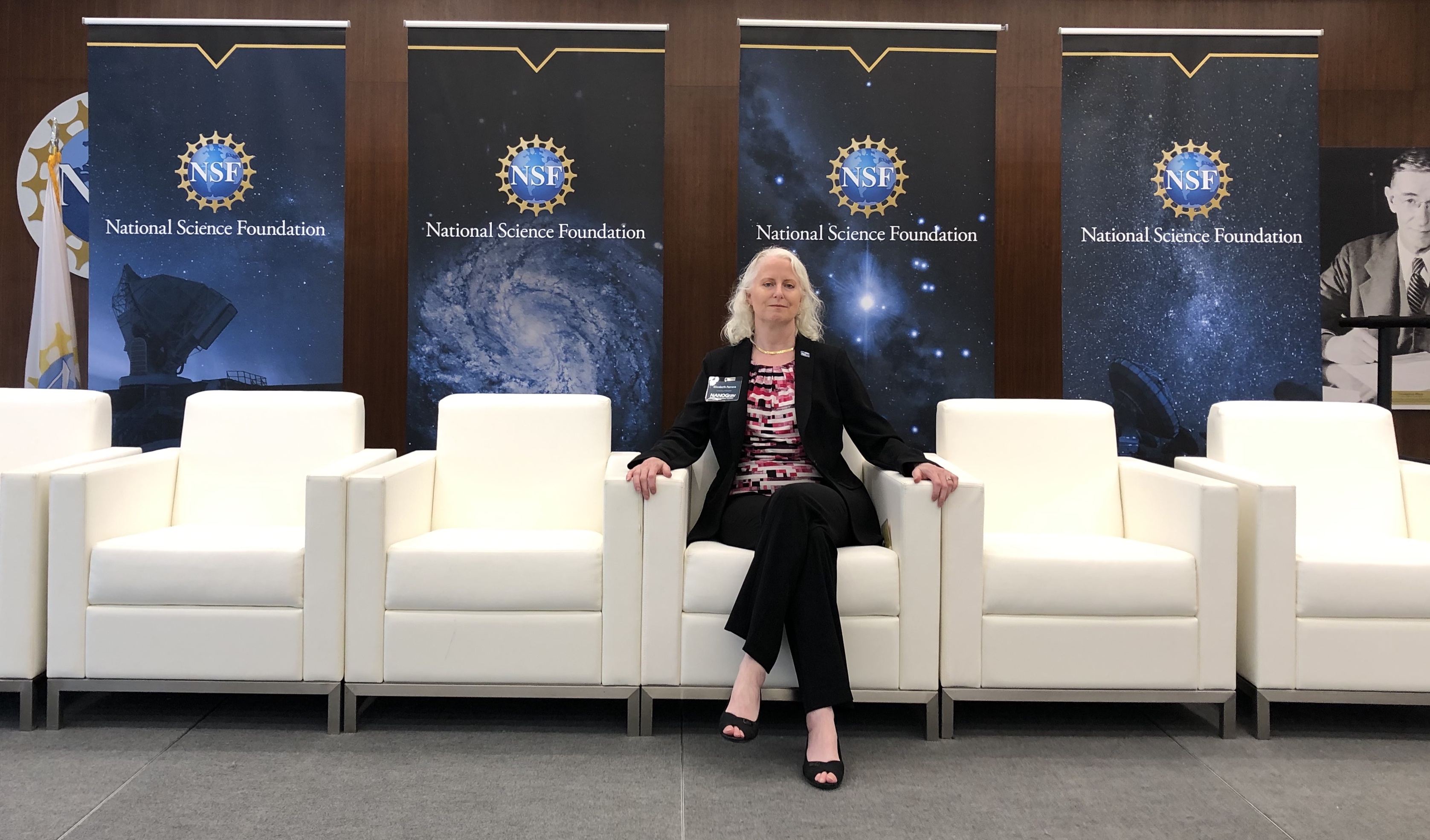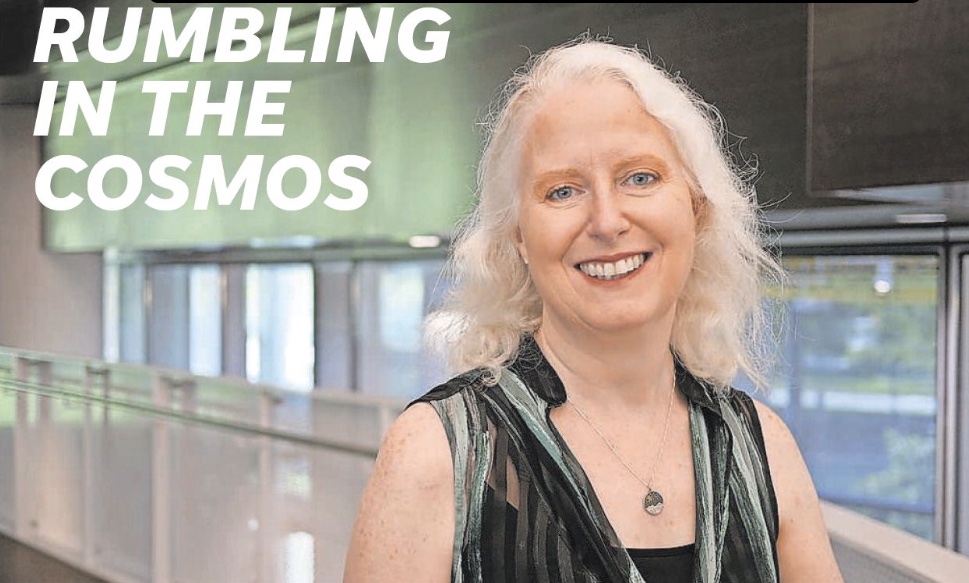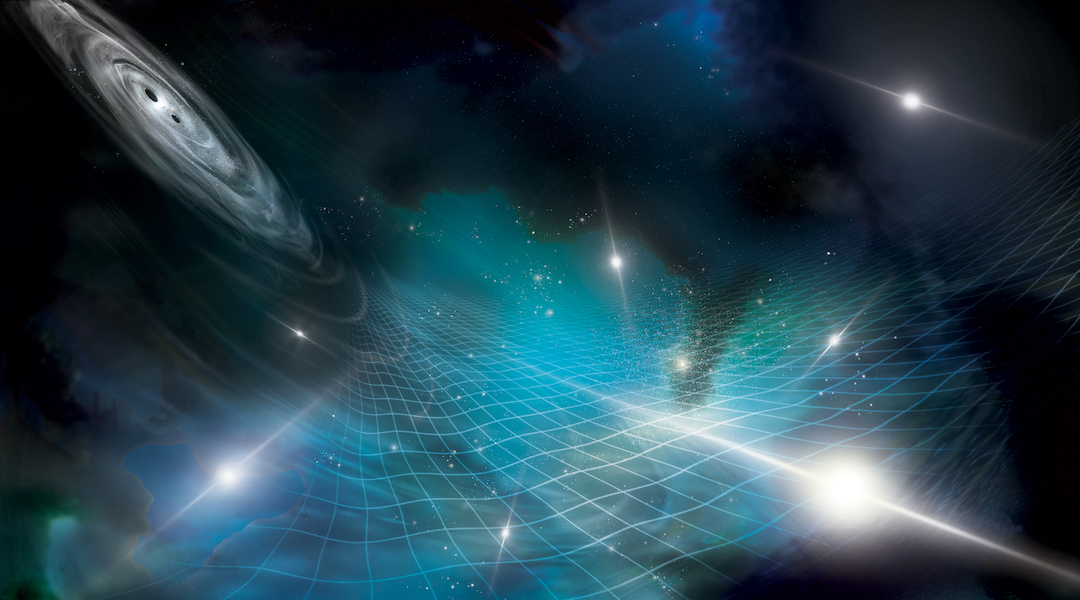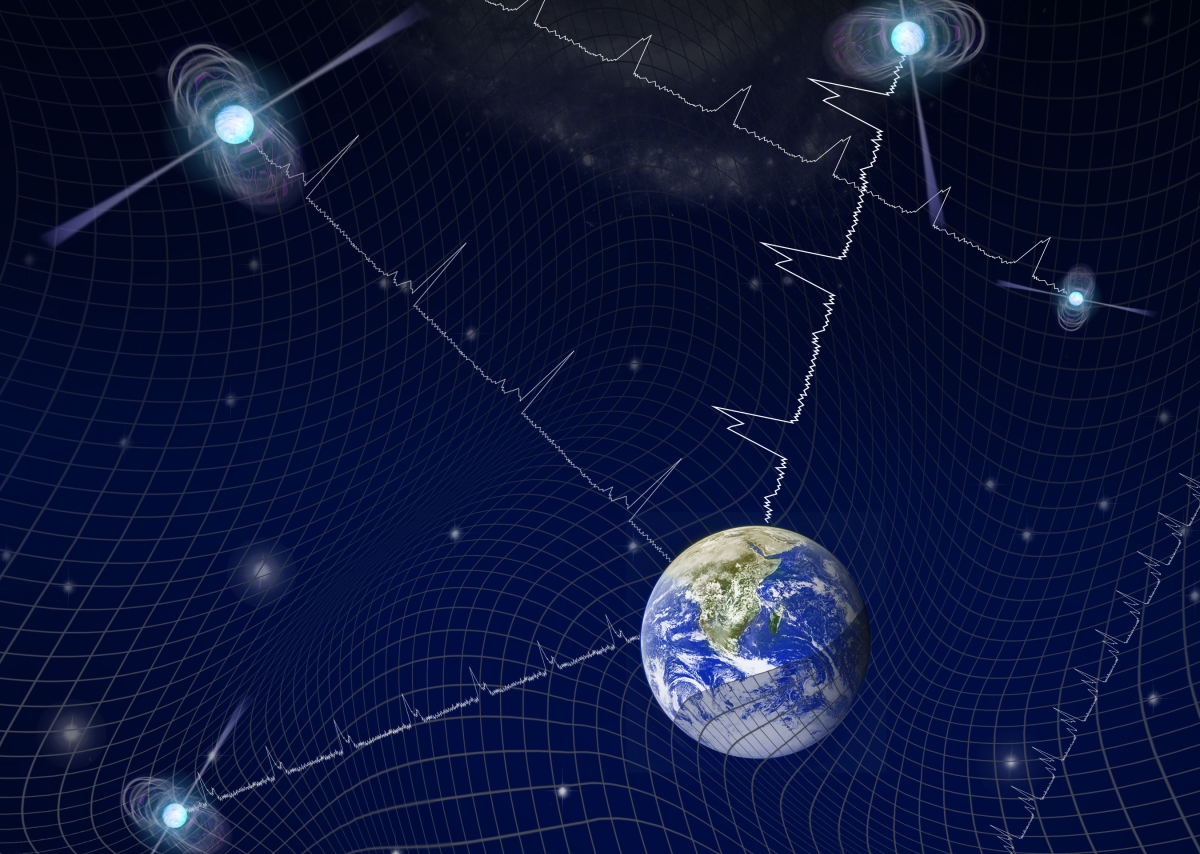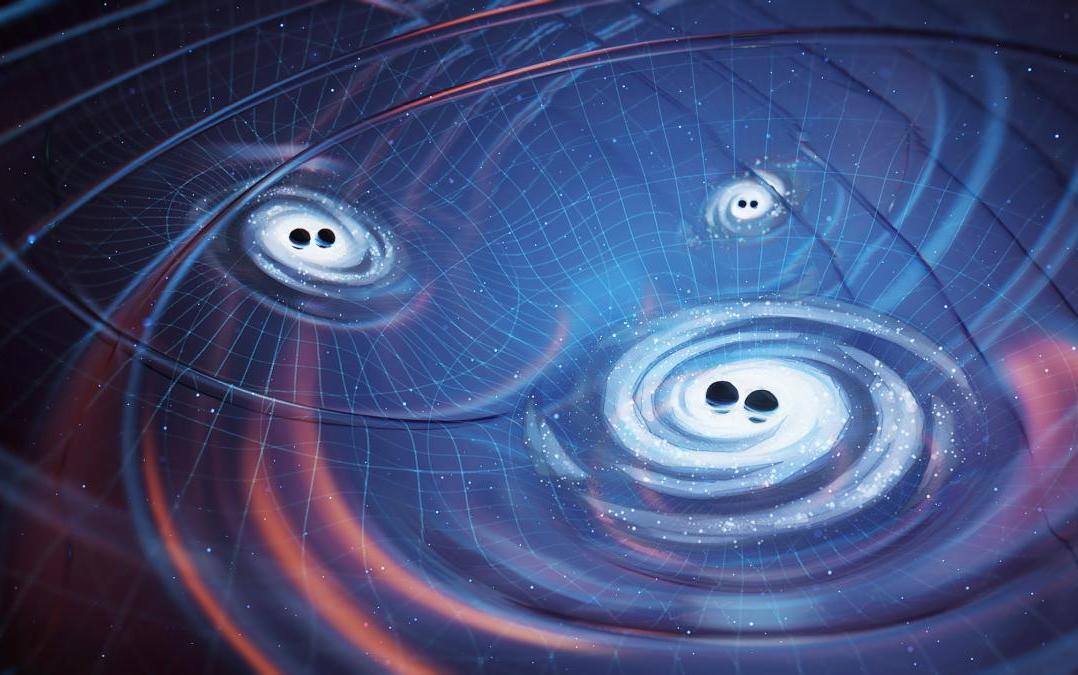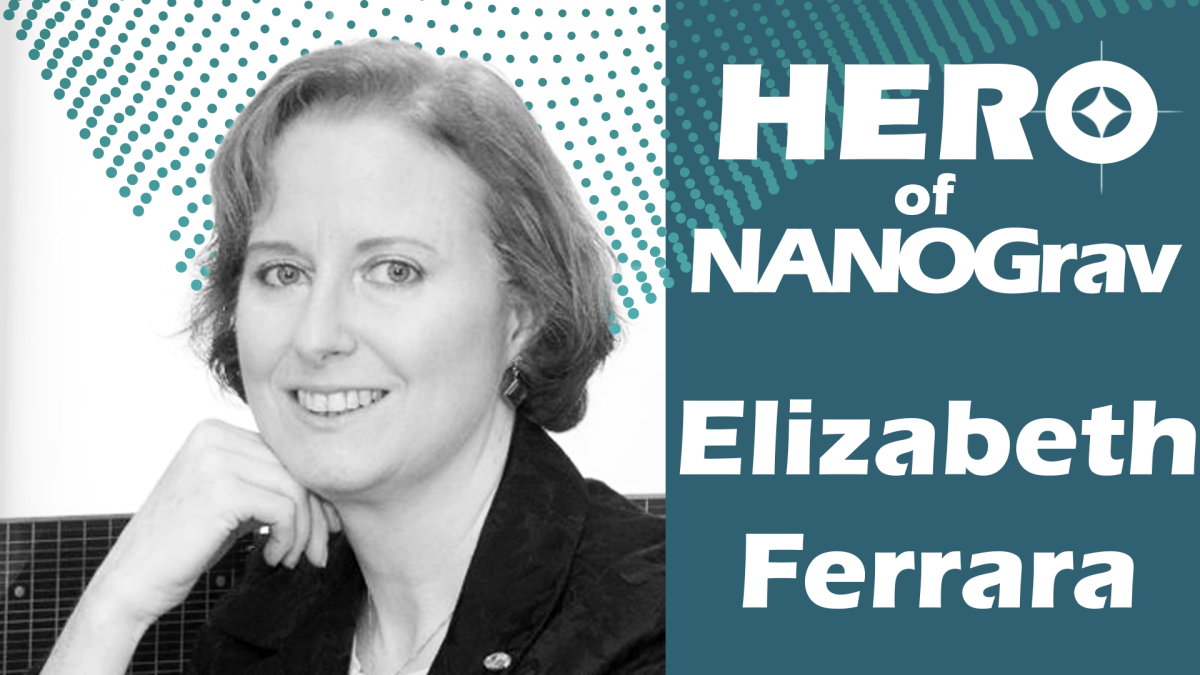Millisecond Pulsars
The Fermi Gamma-ray Space Telescope (Fermi) seems to detect many millisecond pulsars (MSPs), neutron stars that formed in binary systems with rotation rates that are sped up due to mass transfer from their companion star. Most of these detections have not been seen in other wavebands. This makes new gamma-ray sources a treasure map (h/t Paul Ray) for scientists seeking new pulsars.
As a member of Fermi’s Pulsar Search Consortium (PSC), I search for pulsar-like gamma-ray sources to search for radio pulsations from neutron stars. Gamma-ray brightness does not predict radio brightness, meaning that even very faint Fermi sources could be undiscovered pulsars. I frequently generate lists of sources that are likely to be pulsars, which I provide to members of the PSC for targeted radio searches. For a variety of reasons, these new discoveries tend to be millisecond pulsars.
In addition, millisecond pulsars are used to study extremely dense matter by using X-ray observations to measure
relativistic light-bending effects near the surface of the neutron star. This research is impossible to perform on
Earth and has profound implications for how dense matter behaves under extreme pressure.
I maintain a listing of the known rotation-powered pulsars in the Milky Way Galaxy, and a similar reference list
for accreting millisecond X-ray pulsars. Both lists are accessible below in the
Reference Lists section.
Gravitational Waves from Pulsar Timing Arrays
The North American Nanohertz Observatory fro Gravitational Waves (NANOGrav) is a collaboration of pulsar and gravitational wave researchers dedicated to the long-term timing of millisecond pulsars for the purpose of detecting low-frequency gravitational waves using a galactic-scale detector called a Pulsar Timing Array (PTA). Adding more pulsars to the PTA is one of the best ways to increase its sensitivity to gravitational waves. As a member of this scientific collaboration, I focus my efforts on surveying new pulsar discoveries for pulsars with the appropriate characteristics to contribute to the PTA.
As a result of these efforts, the number of pulsars being monitored by NANOGRav increased by almost 50% between 2013 and 2018, allowing for the detection of evidence for low-frequency gravitational waves in the 15-year data set. These results were announced by the NSF in June 2023.
In addition, I serve as the Press Officer for NANOGrav. As part of the National Science Foundation's (NSF) announcement of the 15-year science results, I created a comprehensive press kit, developed most of the announcement animations, and compiled the presentation use during the public annoucement. Links are provided below.
Space-Based Gravitational Wave Detection
NANOGrav and LIGO (the Laser Interferometer Gravitational-wave Observatory) provide visibility into the Universe at opposite ends of the gravitational wave spectrum. NANOGrav science targets waves generated by binary black homes with masses of millions of times the mass of the Sun, while ground-based LIGO detections are of merger of black holes with only ten to one hundred times the mass of the Sun. Neither observatory can detect inspirals and mergers of either intermediate mass black holes (thousands of times the mass of the Sun) or of megers wwhere the two black hole masses are significantly different, called Extreme Mass-Ratio Inspirals (EMRIs).
LISA, the Laser Interferometer Space Antenna is a joint mission between the European Space Agency (ESA) and NASA that will target this gap, targeted to launch in 2035. In order to be sensitive to these masses, LISA consists of a contellation of three spacecraft connected by lasers that for a triangle large enough to contain the Sun.
